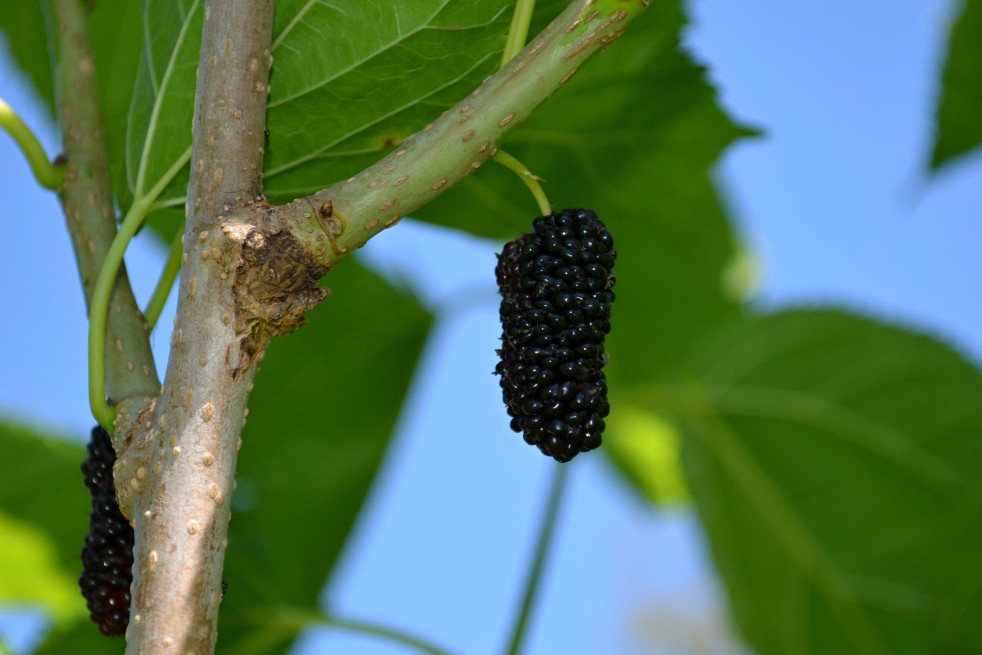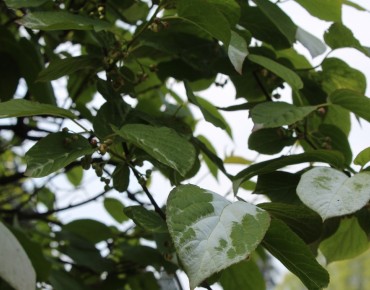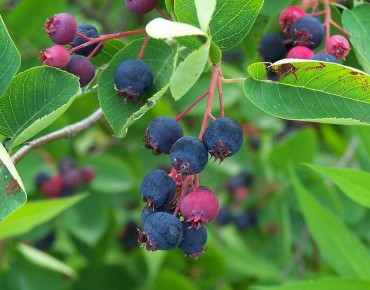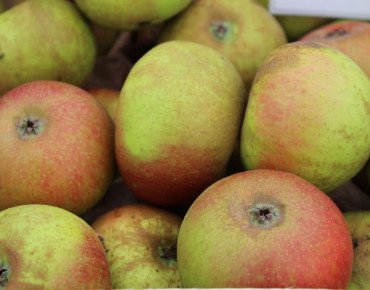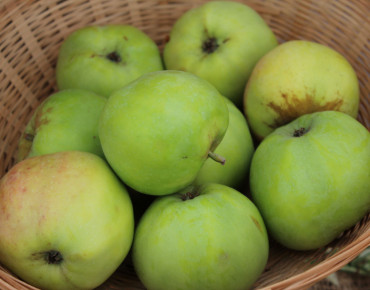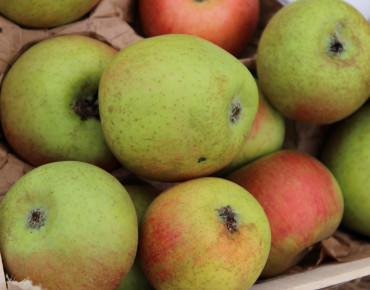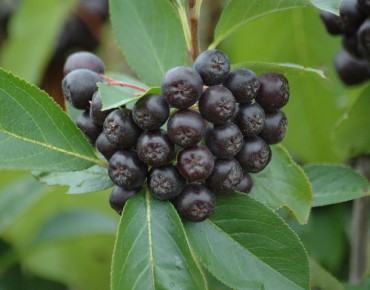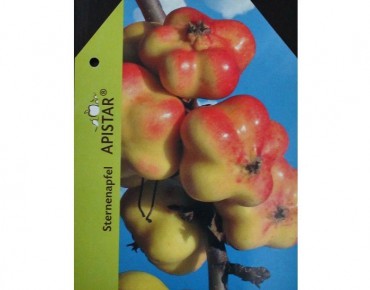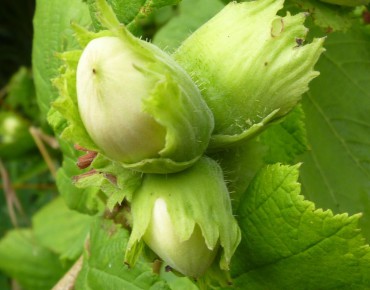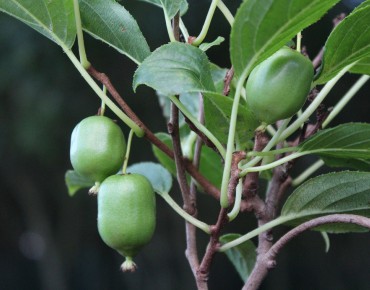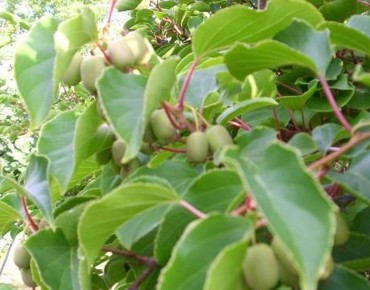- novelty
- In cultivation
White mulberry Shin Tso
Morus alba Shin Tso
Description
Morus alba Shin Tso: A sweet and tangy delight from Asia
Morus alba Shin Tso, better known as White mulberry Shin Tso, is a variety of self-fertile mulberry tree appreciated for its very large, tasty fruits and its ease of cultivation. This fruit tree, belonging to the Moraceae family, is an excellent choice for gardens and orchards, offering both an abundant production of fruits and a certain aesthetic appeal.
Origins and characteristics
White mulberry Shin Tso is a cultivar from the white mulberry (Morus alba), a species of mulberry widely distributed in the world, crossed with the mountain mulberry (Morus bombycis). It is distinguished by its larger and tastier fruits than those of the type species. Its fruits, dark red to black in colour when ripe, are renowned for their sweet, juicy taste and the particularity of this variety: sweet and sour, a real delight for the taste buds.
This medium-sized tree, generally reaching 5 meters in height on the same spread, has a spreading shape and a rounded crown supported by a short trunk. Its deciduous foliage, composed of toothed and lobed leaves, offers a beautiful autumnal colour, changing from green to golden yellow.
Cultivation and maintenance
The Morus alba Shin Tso is an easy-to-grow tree, which adapts to different types of dry soils, provided that they are deep and well-drained. It prefers a sunny or partially shaded exposure and is resistant to cold and drought once established.
Planting can be done in spring or autumn, taking care to prepare a spacious planting hole and to loosen the soil. A contribution of compost or well-decomposed manure during planting will encourage the tree to recover.
The maintenance of the White mulberry Shin Tso is relatively simple. It only needs to be pruned lightly in November if necessary to remove dead or diseased branches and maintain a harmonious shape. Annual fertilization with a balanced fertilizer in the spring will contribute to an abundant fruit production.
Harvesting and using the fruits
The fruits of Morus alba Shin Tso are ready to be harvested in summer, in July and August, or even until September. The harvest is done when the fruits are well coloured and slightly soft to the touch. They can be eaten fresh, picked directly from the tree, or transformed into jams, jellies, fruit juices or pastries. Mulberries are rich in vitamins, antioxidants and fiber, which makes them a fruit beneficial for health. They are also used in traditional medicine for their medicinal properties.
Morus alba Shin Tso Benefits
Tasty Fruits: Shin Tso mulberries are prized for their sweet, sour, and tangy taste, making them delicious fresh or processed.
Ease of Cultivation: This tree is easy to grow and adapts to different soil types and climates.
Abundant Production: White mulberry Shin Tso offers a generous production of fruits, allowing you to fully enjoy its harvest.
Aesthetic Appeal: Its spreading habit, colourful foliage, and attractive fruits make it an interesting ornamental tree for gardens and orchards.
Health Benefits: Mulberries are rich in essential nutrients and health-promoting compounds.
White mulberry Shin Tso leaves can be used in a variety of ways, including chicken feed and soil fertilization.
Mulberry Leaves for Chickens
Mulberry leaves are a great supplemental food source for chickens. They are rich in vitamins, minerals, and fiber, which can help improve the health and egg production of chickens.
How to feed mulberry leaves to chickens?
You can feed mulberry leaves fresh or dried to your chickens. They can be given alone or mixed with other food. Make sure the leaves are clean and free of pesticides or other chemicals.
Benefits for chickens: Mulberry leaves can help boost the chickens' immune system, improve egg quality, and promote good digestion.
Mulberry Leaves for Soil Fertilization
Mulberry leaves, like those of many trees, can be used to improve soil fertility. They slowly decompose and release essential nutrients for plants.
How to Use Mulberry Leaves to Fertilize Soil?
You can use Morus leaves as mulch around your plants. They will help retain soil moisture, reduce weed growth, and enrich the soil with organic matter. You can also compost mulberry leaves and use the resulting compost to amend your soil.
Soil Benefits: Mulberry leaves can improve soil structure, increase its water-holding capacity, and promote the growth of beneficial microorganisms.
Features
- Common name : White mulberry Shin Tso
- Family : Moraceae
- Category : tree
- Spread : 5 m
- Foliage : deciduous
- Fruit : Large black fruits, sweet, juicy, sweet and sour
- Harvest : July and August
- Soil : deep and well drained, neutral
- Habit : Spreading
- Growth : Fast
- Enemies : nothing to report
- Possible diseases : rust - canker - powdery mildew
Expédition & livraison
How does the delivery work?
 As soon as you place your order your plants are selected
As soon as you place your order your plants are selected Each order is processed individually.
Each order is processed individually. Plants are packed, staked and labeled.
Plants are packed, staked and labeled. Packaging is carefully implemented to avoid any problems.
Packaging is carefully implemented to avoid any problems. Packages are ready to be shipped.
Packages are ready to be shipped.
Our delivery methods
Shipping of our plants throughout Europe (except overseas and islands).
Customer reviews

